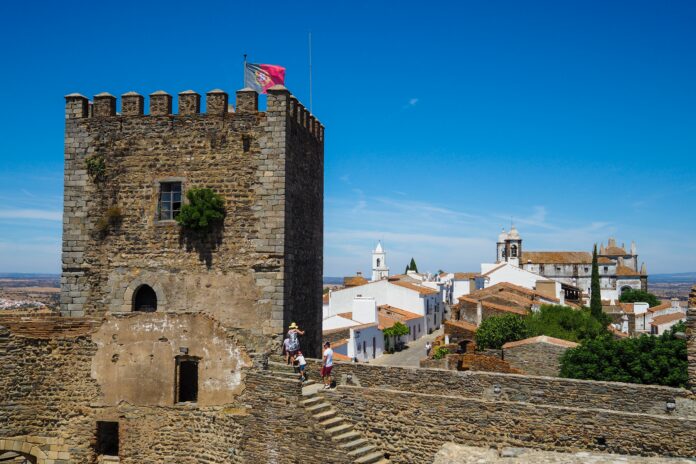Let me just start by saying that castles are awesome. They just are. Every time I go into one or see one in the distance, I can’t help but travel back in time and imagine myself in a time of conquest and honor, plotting ways to either penetrate those rock-solid fortresses or protect it from the enemy as it approaches from afar.
Well, if you’re anything like me, you’re in luck because you can’t go too far in Portugal without finding a castle. Especially in the South, the last region to be reconquered from the Moors, and the East, by the border with the ever-threatening Spain. And the Alentejo, as lucky may have it, is both a southern region and has a border with Spain, so castles are always just a stone’s throw away.
But first things first. Let’s clarify the criteria used to define what a castle is or is not. A palace is not a castle, that one should be pretty evident. A walled city is not a castle either, which is why a city as important as Évora doesn’t have a castle despite being walled. For a monument to be classified as a castle it should fulfill two criteria: there should be a keep (or at least a watchtower) and it should be surrounded by walls. Is that clear? Okay, let’s dive right in, then!
1. MARVÃO CASTLE
It is located at one of the highest points in the Serra de São Mamede. The mountain is quite steep and is a natural defense point. In addition to its military features, the Marvão Castle is mainly appreciated for the surrounding landscape. That’s why it’s worth taking a stroll through the village along the wall corridor, ending at the keep, from where, as a popular saying goes, “you can see the backs of the birds” when they fly.
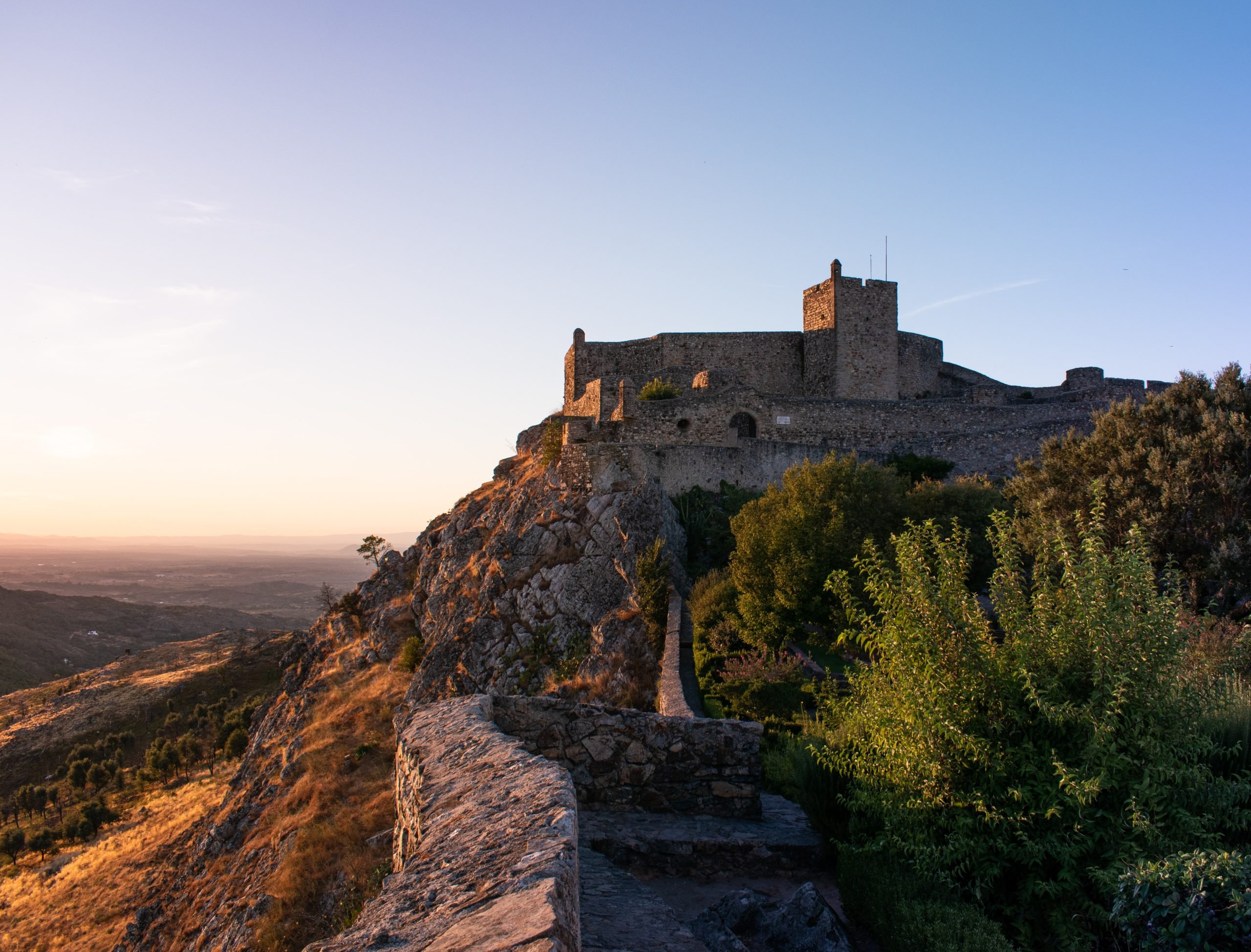
2. CRATO CASTLE
Situated in the charming town of Crato, this castle has a rich history that harks back to the 12th century when it was constructed by the Knights Hospitaller. It has witnessed periods of both tranquility and conflict, making it an important historical landmark. The town was also deeply connected to the Order of Saint John, and it remains a center of historical significance in the region.
3. VALONGO CASTLE
Valongo Castle’s origins are somewhat mysterious, but it is known to have been constructed during the medieval period, potentially to defend the region from Moorish invasions. The town of Valongo, with its ancient streets and typical architecture, encapsulates the history of Alentejo, with stories of battles and cultural exchange.
4. ESTREMOZ CASTLE
Located in the town of Estremoz, the castle dates back to the Roman era and was later expanded during the Moorish rule. Its strategic location near the border with Spain made it a vital stronghold in the region. The town has a long history tied to Portuguese royalty, and it remains an important cultural and historical center in the region.
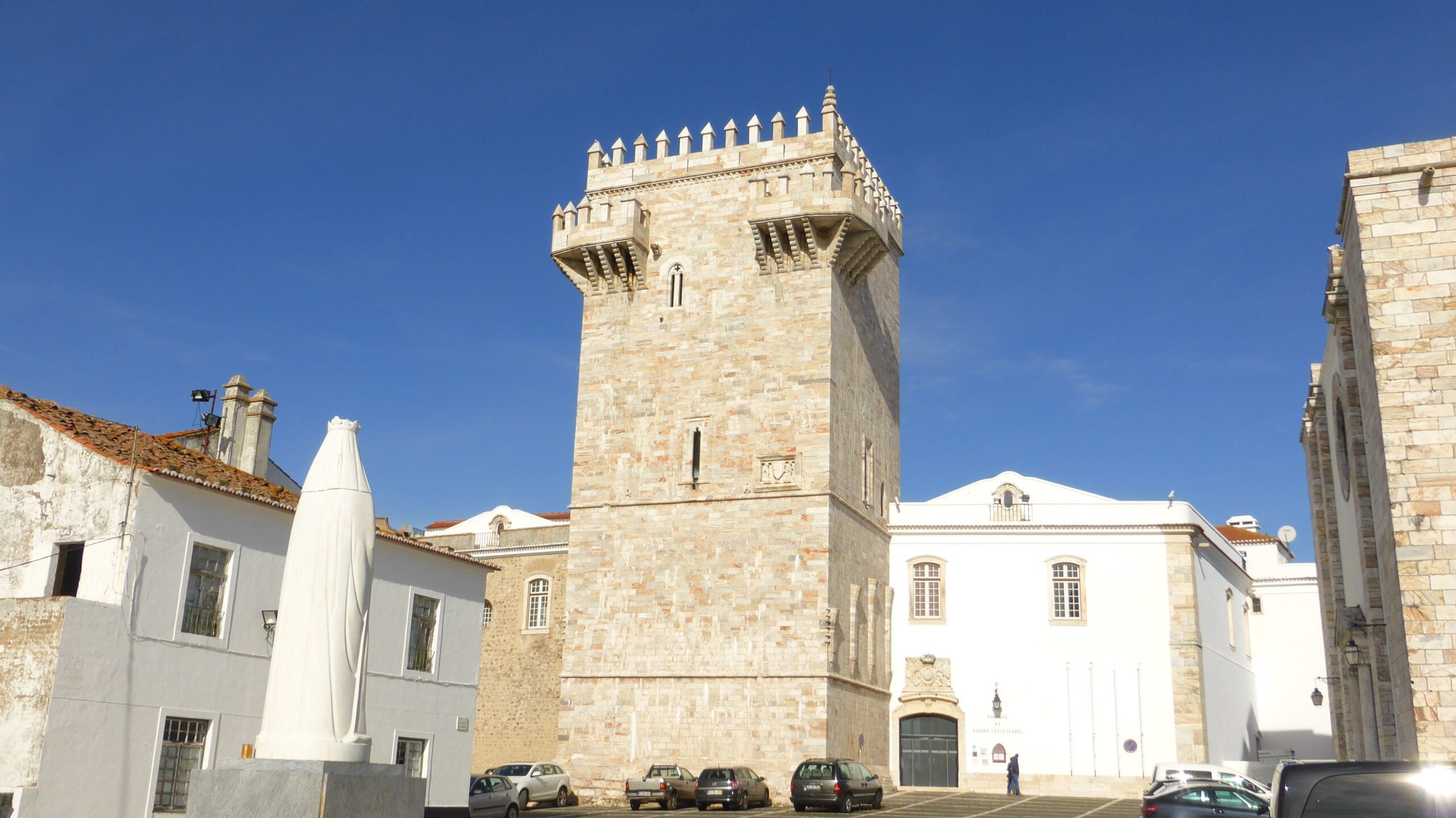
5. VILA VIÇOSA CASTLE
The castle was initially built during the 13th century and renovated in the 16th century when the town became connected to the crown. Vila Viçosa has deep royal connections, as it was the birthplace of several Portuguese monarchs. The castle itself has played a central role in the region’s history, with its imposing architecture reflecting the power and prestige of the Portuguese royalty.
5. EVORAMONTE CASTLE
The town of Evoramonte is best known for the signing of the Treaty of Evoramonte in 1834, which marked the end of the Portuguese Civil War and the beginning of constitutional monarchy in Portugal. The castle, with its strategic positioning surrounded by the peaceful Alentejo countryside, is the village’s highlight.
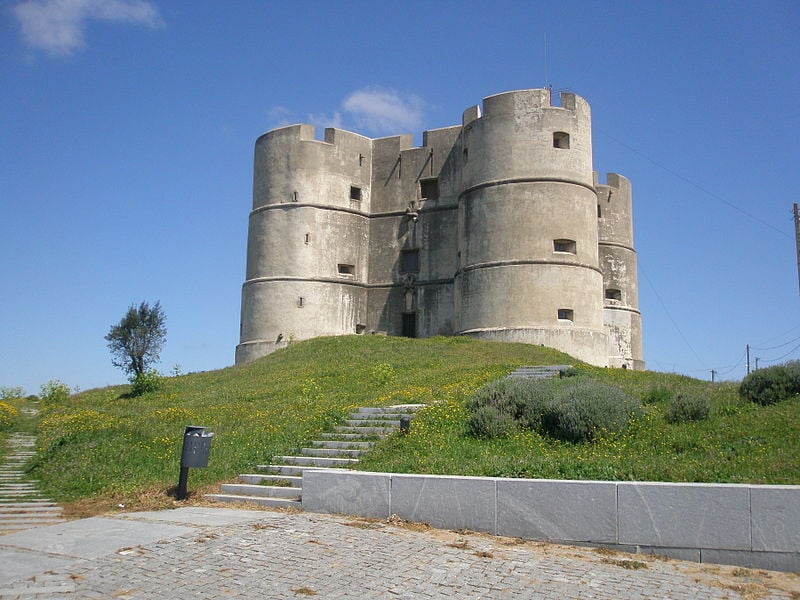
6. ARRAIOLOS CASTLE
Right in the heart of Arraiolos, this castle has a history that traces back to the Moorish period, with the current structure dating from the 13th century. The town of Arraiolos is renowned for its intricate woolen tapestries, and the castle itself has witnessed centuries of Portuguese history, including periods of Moorish, Christian, and royal rule.
7. ALANDROAL CASTLE
Perched in the town of Alandroal, it was built in the 13th century during the Christian Reconquista, strategically positioned to protect the region from Moorish incursions. The town, which grew around the castle, retains its medieval charm, with a rich history intertwined with battles and multiculturalism.

8. MONTEMOR-O-NOVO CASTLE
Montemor-o-Novo Castle, with origins dating back to the 12th century, has been an essential part of the city’s history. Montemor-o-Novo has been a key player in the region’s past, from its Moorish heritage to its prominence during the Portuguese Age of Discoveries.
9. REDONDO CASTLE
Unlike a lot of castles in this list, the Redondo castle feels a lot more integrated into the surrounding town. It’s still at the highest point of the town, but the white houses built both outside and inside the walls make it feel like a continuation of Redondo, and not its military stronghold.
10. JUROMENHA CASTLE
The Juromenha Castle, perched dramatically above the Guadiana River, is a historical fortress with origins dating back to the 12th century. Its strategic location and well-preserved defenses tell tales of the region’s turbulent past. The castle played a vital role in safeguarding the border and was the site of various skirmishes during the Reconquista. The surrounding village shares in this rich history and offers visitors a chance to step back in time, with remnants of its medieval past found in its architecture and layout.
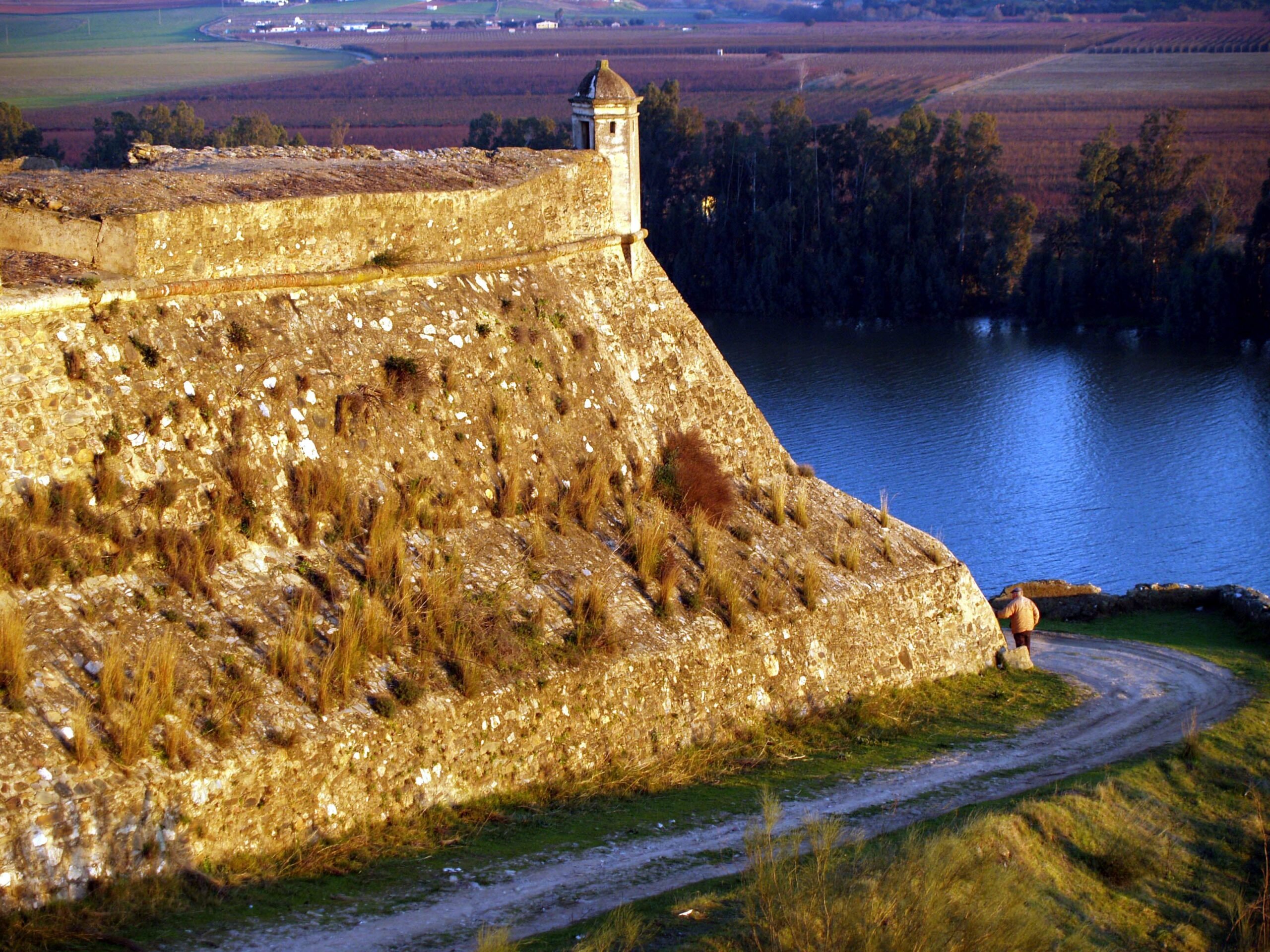
11. TERENA CASTLE
Situated in the quaint village of Terena, this castle was constructed in the 13th century by the Knights Templar, serving as both a military stronghold and a place of religious significance. Terena’s long history is deeply intertwined with the castle, providing visitors with a unique opportunity to explore the heritage of both the castle and the village.
12. MONSARAZ CASTLE
Perched on a hill overlooking the Alqueva Lake this postcard-village is a historical gem with roots in the Roman era, though much of its current structure was shaped during the Moorish occupation. Monsaraz, with its charming streets and well-preserved architecture, invites visitors to immerse themselves in the stories of the past, from its Roman and Moorish heritage to its Portuguese identity.
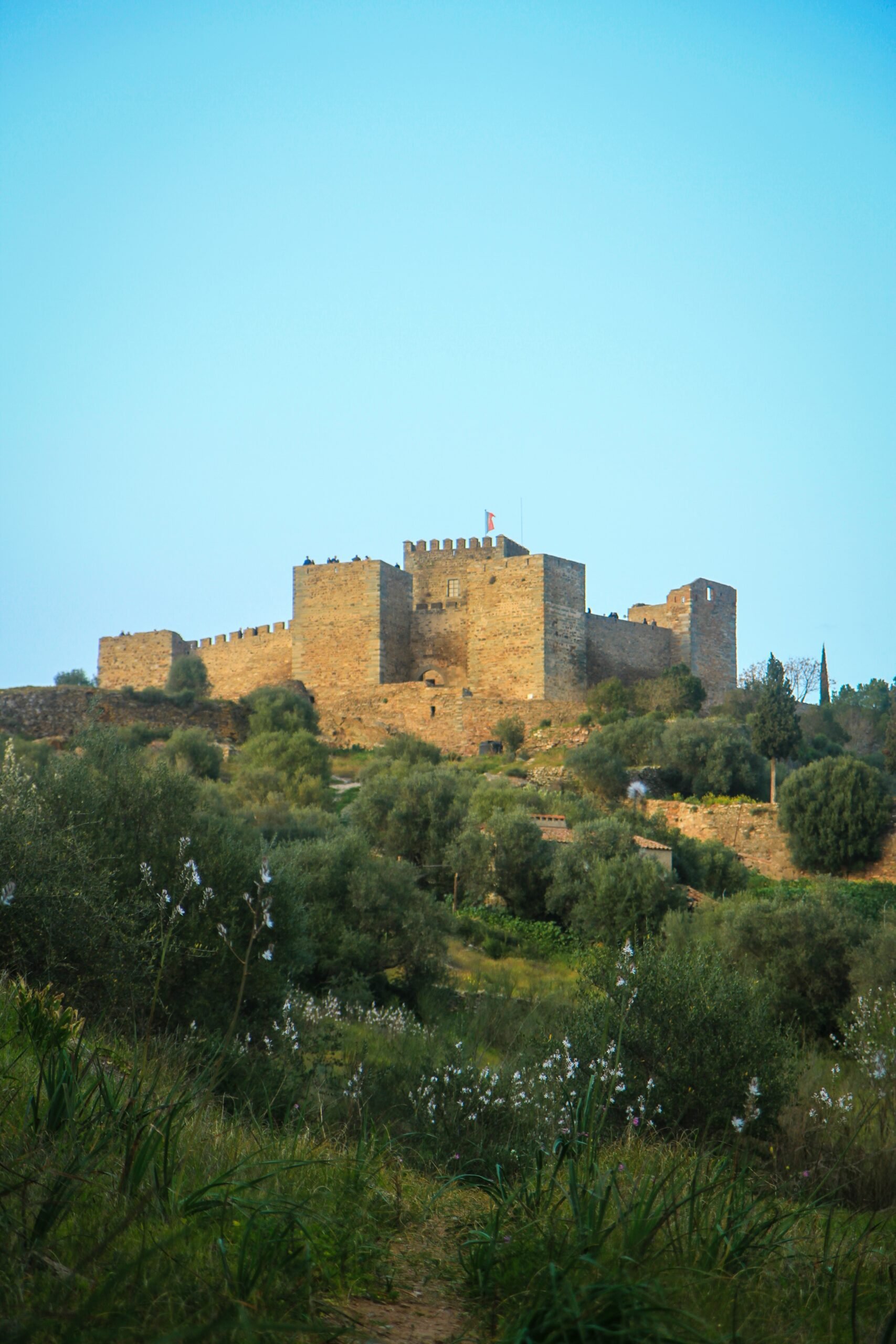
13. MOURÃO CASTLE
With its stunning views over the Alqueva Lake, Mourão is an emblem of historical importance. The castle and the town have deep connections to the region’s past, where conflicts, fortifications, and strategic significance are etched into the very stones. Mourão’s history is both a living testament to the past and a welcoming destination for explorers looking for an off-the-beaten-path adventure.
14. NOUDAR CASTLE
The Noudar Castle has the unique curiosity of being a fortress without a village to protect. This castle’s function, like every other castle’s is border protection but, unlike other castles in the Alentejo, it never saw a village grow from its walls, making it an isolated location. It’s not easy to reach it, but the natural park that surrounds it is perfect for treks and exploration.
15. MOURA CASTLE
Dominating the town with what remains of its towers and walls, the castle of Moura was built by the Portuguese at the beginning of the 14th century, taking advantage of the fortifications left by the Arabs. In the second half of the century, a second walled enclosure was added to shelter the growing population. Highlights of the fortified complex include the rectangular keep and a circular tower on which a clock was added in the 19th century.
16. BEJA CASTLE
The castle, and in particular its keep, is the city’s best-known and most emblematic monument. It is a Gothic fortress, whose construction began in the 13th century, shortly after the Christian conquest of the city, and continued throughout the 14th and possibly 15th centuries. In addition to the castle, the walls that surrounded the medieval city dating from the same period are still visible, with twenty-eight towers and their respective walls remaining.
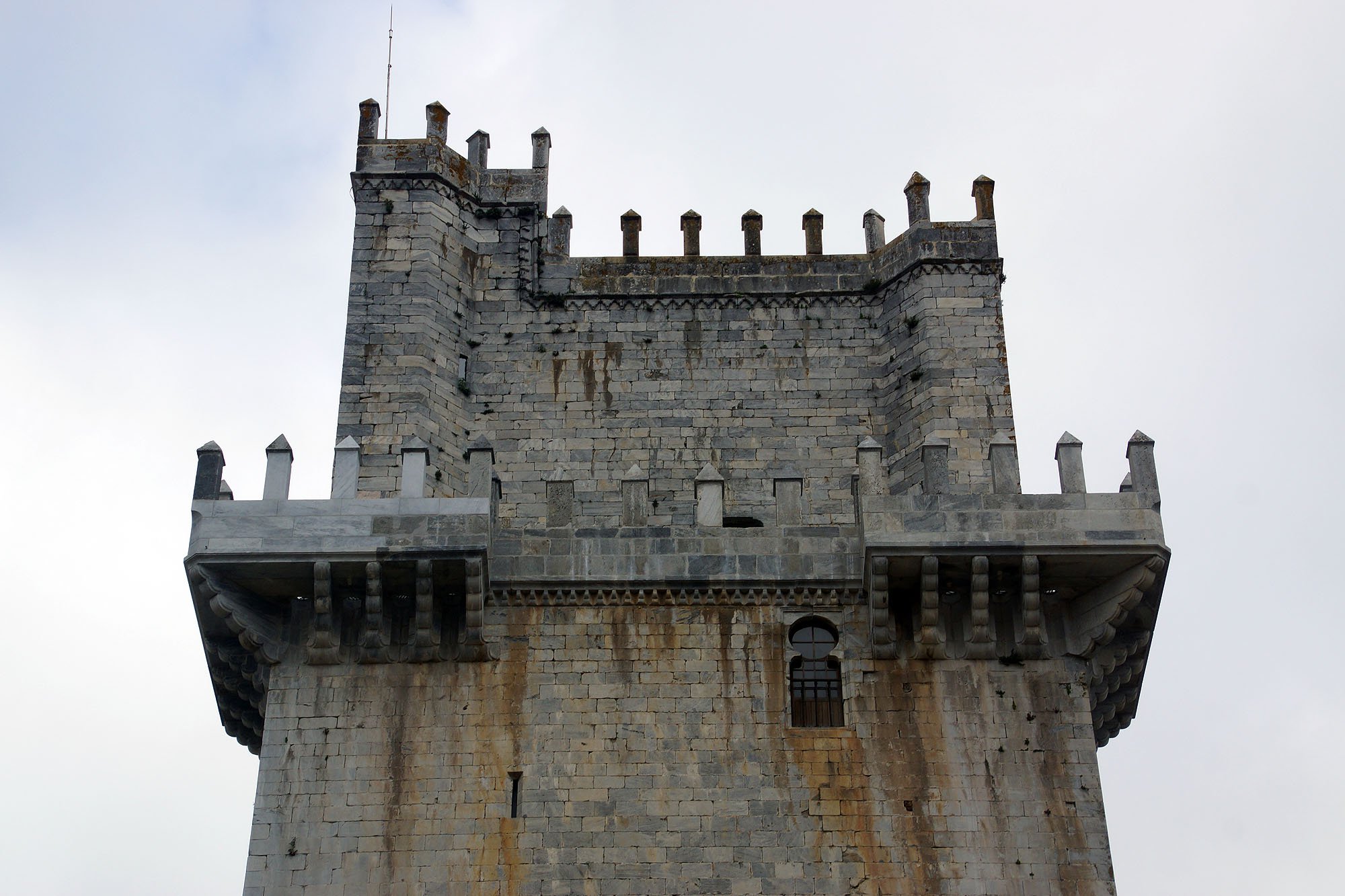
17. SERPA CASTLE
The castle and the walls of Serpa dominate the surrounding Alentejo landscape and can be seen from a great distance. The fortification of this site dates back to Roman times and was later occupied by people from northern Europe and later by Muslims. A curious fact is the keep, which was badly damaged by a brutal gunpowder explosion when Serpa was besieged in the 18th century during the War of the Spanish Succession. The damage is still visible today at the entrance to the castle.
18. MÉRTOLA CASTLE
The Mértola Castle is a military structure with a walled enclosure whose main feature is the keep, built in 1292. It is an imposing monument that dominates the historic center and is one of the main attractions on the town’s heritage circuit, which mirrors the various cultures that have inhabited the Alentejo over the centuries.
19. SINES CASTLE
Overlooking the Atlantic Ocean, Sines – the birthplace of Portuguese navigator Vasco da Gama – offers a front-row seat to maritime history. The town’s maritime ambiance is a sensory delight, with the invigorating scent of sea salt in the air and the rhythmic sounds of waves crashing on the shore, creating a mesmerizing historical and coastal experience.

